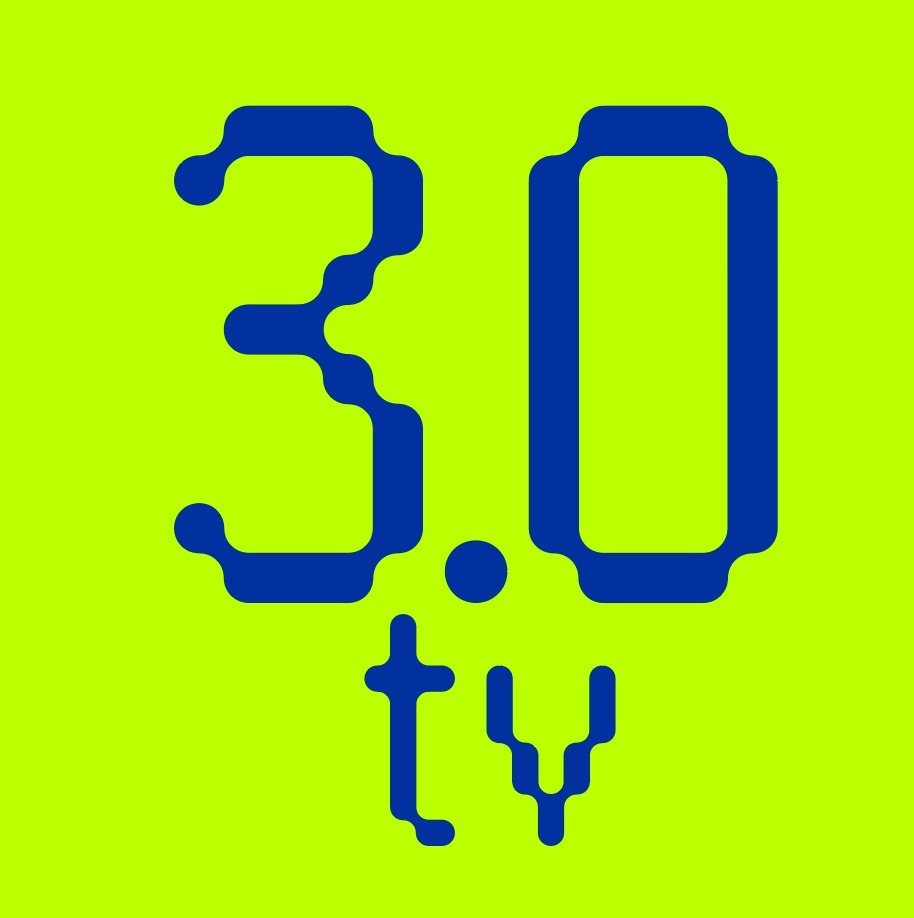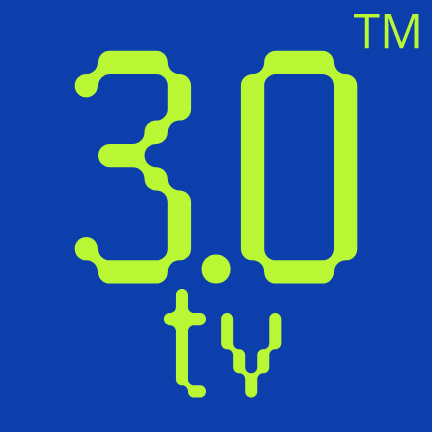You need to login in order to Like
What is Web 5.0?: The Future of the Internet
By Kapil Rajyaguru
Technological behaviors across the world are constantly changing by the day. Since the World Wide Web went live in 1993, technological developments have been created and put into practice to improve the Internet and the user experience. Clearly, the creation of the internet changed everything, and the launch of Web 5.0 will bring about yet another major transformation.
Evolution Of Internet
The conception of Web 5.0 is the conclusion of several web development phases. The progression between web versions would also be emphasized in any in-depth description of Web 5.0. Below is a brief summary of how the internet has changed throughout time:
Web 1.0
The original version of the internet, which was developed to maintain an online storage system for the business sector, was published in 1993. Although it started out small, soon companies started building their own websites and posting different products on them, turning the internet into a marketplace for goods, books, and online papers. The first version of the internet was a read-only system that expanded quickly throughout the world. It was essential in building all the major IT businesses’ online presences, as we know it today.
Web 2.0
The second iteration of the internet focused on giving users a way to communicate with one another. At that point, social media platforms like Facebook, Orkut, and Twitter had already taken off. Web apps may read and write data in a variety of formats throughout the Web 2.0 era. There are several applications available to meet different user needs. As a result, it can be claimed that Web 2.0 acted as a stepping stone for computer professionals to build and produce a version of the internet that is substantially more interconnected.
Web 3.0
The fact that Web 2.0 did not provide users total control over their data was one of its biggest flaws. The third generation of the internet, the Semantic Web, was born as a result. The decentralization of all Internet applications is its primary goal, and it is still being implemented on a global scale.
The core concepts of Web 3.0 include integration, data automation, discovery, and research. It encourages the mobility and internationalization of many internet components. Additionally, it gives consumers back control over their data, letting them decide which information to disclose and which to keep private. In addition, Web 3.0 serves as a strong framework for other technologies like the metaverse, blockchain and others.
Web 5.0
With verified credentials and decentralized web nodes, Web 5.0 is meant to be a decentralized online platform that lets developers create decentralized web apps. With the help of this platform, user data ownership and control will be reclaimed. Web 5.0 is still in its infancy, but there are already clear signs of what it will look like. Web 5.0 is currently anticipated to be a hybrid of Web 2.0 and Web 3.0, with a focus on the development of a web that is both intelligent and emotive. This requires the capability of direct user communication.
Evidently, the goal for the product is for Web 5.0 to be fully functional and incredibly powerful when it is finished. This project aims to create emotional connections between computers and people. The program also seeks to give users total control over their identity and data. The current state of affairs is that user data is owned by other parties and that the internet is emotionless since it cannot know what a user is feeling. Web 5.0, however, ought to be transformative in this area.
Web 5.0 Roadmap
The future of Web 5.0 is currently rather unclear, especially given the absence of a clear roadmap. Web5 aims on creating completely decentralized systems that support social and financial activities. Web 5.0 is simultaneously focused with the requirement to protect control over user data and identity.
Conclusion
A new and improved internet experience that is connected and intelligent is what Web 5.0 is poised to bring about. It will give companies a more effective and secure means to collaborate and exchange information, fostering a more inventive and competitive corporate environment. To utilize the new technology, however, firms will face several possible obstacles that must be overcome. We are eager to watch how Web 5.0 will change our lives and businesses in the years to come.
You need to login in order to Like

















